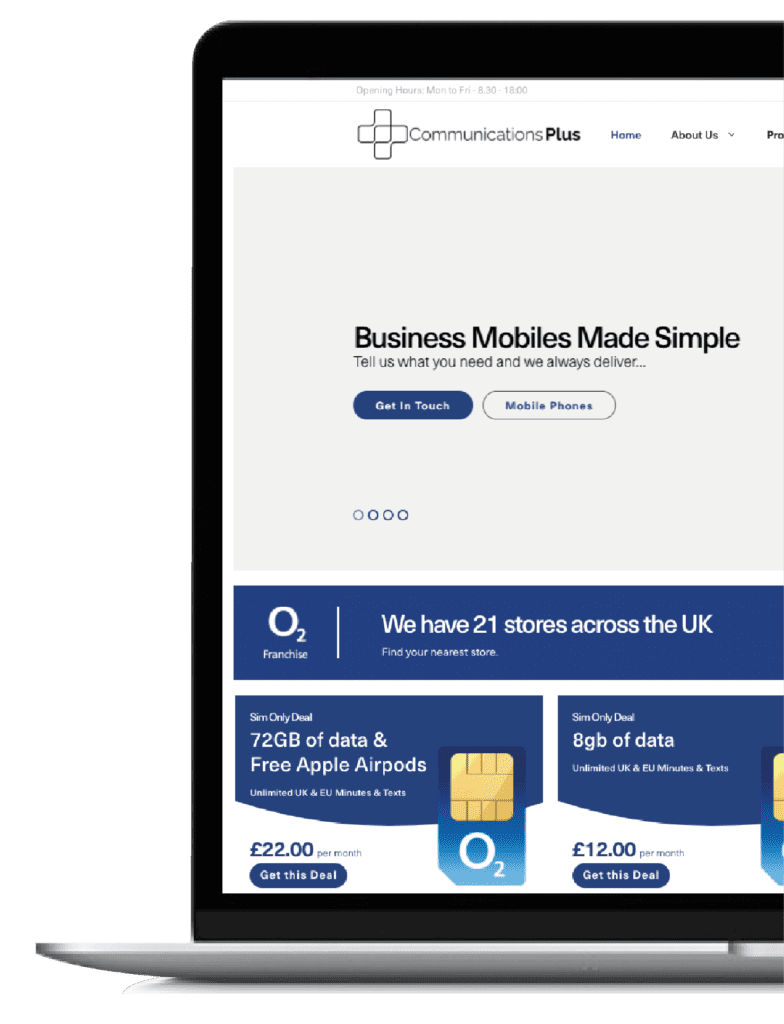The majority of UK workers say there continues to be a problem with collaboration in their hybrid workplace, two years since home working became more popular.
Nearly two thirds (65%) say there’s at least one problem with the technology their company is currently using, saying the technology needs to be more user friendly. 45% say their company lacks a clear direction or agenda when it comes to collaboration technology.
We all know that hybrid working is here to stay, which means the technology used to enable this type of flexible business model needs to work effectively.
But what kind of technology should be used to bring in a seamless hybrid working model that works for employees and businesses alike?
That’s what we talk about in this blog.
Making better use of cloud technology
Cloud technology was built to promote collaboration among teams working from multiple locations, which makes it the perfect platform from which to build a hybrid working business.
Cloud technology allows employees to use a single login to access files and documents stored centrally (rather than on their individual devices).
Files and documents saved in the cloud can be accessed and edited by multiple people at the same time.
And with better version control making sure everyone is always working from the latest version of a document (as well as being able to see who made changes and who was last working on the document) it’s perfect for promoting collaboration in a hybrid workforce.
Many employees will have already used cloud based technology without even realising it.
Google’s G-suite is a cloud based system, for example.
Making use of business broadband and 5G
One of the biggest problems with collaboration in a hybrid working model, is that employees may lack the broadband connections at home to handle the amount of high data tasks they’ll need to deal with.
Whether it’s sending or receiving large data files, or using video conferencing software. This all requires large amounts of bandwidth.
Using business broadband, or investing in business mobile phones using 5G technology can give employees the data capability they need to work collaboratively from home, the office or anywhere without interruptions to their day.
Use digital communication tools
Another problem with hybrid working is when employees need to jump between voice calls and video if they’re trying to resolve a problem.
One answer could be to use tools like Voice over Internet Protocol (VoIP) to give employees the tools they need.
VoIP works just the same as any telephone system, except it works over the internet, rather than through a static phone line.
It combines a company’s entire communication network (voice, text, video etc) into one system so teams can seamlessly switch between whichever channel is best.
While you can buy dedicated VoIP phones for this, you can use business mobile phones with a VoIP app installed instead – or simply download the app onto someone’s laptop, tablet or desktop.
Using VoIP, teams can jump between voice and video calls during meetings, and easily invite other team members into the call if they’re needed.
Use digital project management software
Project management software has become even more important in a hybrid working environment, and needs to be central to how your business works.
There are plenty of digital management tools available like Asana or Monday that help teams keep track of projects and make updates wherever they are.
If a business wants to adopt hybrid working and ensure collaboration doesn’t fall by the wayside, then online project management systems are essential.
Use digital messaging platforms
One thing you often hear when it comes to concerns about hybrid working is that employees will miss the “watercooler” moments they would have got in the office. Those off the cuff chats or catch-ups employees would have had if they were working in the same place.
This might be true, but not for businesses using digital messaging platforms like Slack or other software.
These types of instant messaging systems are perfect for employees to stay in touch with each other and have those quick catch-ups while working remotely.
Taking advantage of collaboration technology
Whether the rise of remote working will be a good thing for collaboration remains highly debatable among many businesses, but it shouldn’t be.
The fact is there is technology readily available that can make collaboration in a hybrid working model as easy and efficient as having employees working from a central office.
Plus, hybrid working allows employees to be more flexible in their approach to work, and is proven to actually make employees more productive, as long as they’re provided with the right tools for the job.
Want to find out more about how collaboration technology could help your business make the most of hybrid working? Get in touch with us today!











